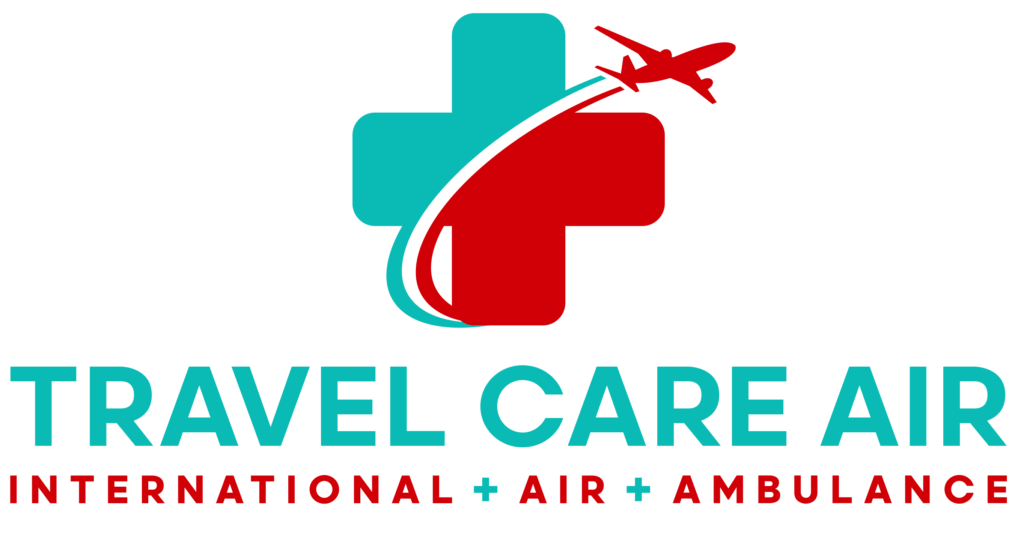Air Ambulance Guide: Types, Use Cases, Logistics, and How to Prepare
This air ambulance guide explains how medical flights work—from aircraft types and staffing to planning, costs, and bedside handoffs. Use it to understand your options and prepare for a smooth, safe transfer.
A 100-Year Snapshot (Very Brief History)
Air ambulances began as military medevac in 1917 and evolved into today’s civilian services that move patients quickly and safely worldwide.
Aircraft Types (Helicopter vs. Fixed-Wing vs. Jet)
-
Helicopters handle short hops, scene calls, and remote pickups with tight landing zones.
-
Fixed-wing aircraft (props) suit regional, longer routes with stable cabins.
-
Jets fly higher and farther with fewer fuel stops and more room for equipment.
Learn how mission needs drive mode selection in Ground Transport vs. Air Ambulance: Which Is Right for Your Situation?
Who Typically Uses an Air Ambulance?
Patients who are too ill or fragile for long-distance ground travel; people injured while traveling; neonatal and pediatric cases; transplant candidates; and seniors relocating closer to family. See 19 Reasons Why Someone Needs an Air Ambulance.
Onboard Team and Equipment
Flights are staffed by critical-care clinicians (often a nurse + paramedic; sometimes a physician or RT). Cabins carry monitors/defibrillators, ventilators, infusion pumps, airway and trauma kits, and power/oxygen systems secured for flight. For roles and capabilities, read Who Are the Medical Professionals on an Air Ambulance Team? and Air Ambulance Flight Nurse Responsibilities.
Private vs. Commercial Medical Flights
-
Private air ambulance: maximum privacy, flexible timing, customized equipment, family seats often available.
-
Commercial with medical escort: more affordable; suitable for stable patients when airline policies allow. Start with How Does Air Medical Transport Work? A Step-by-Step Guide for Families and Questions to Ask Before Choosing an Air Ambulance Provider.
International Missions and Repatriation
Global transfers add permits, overflight/landing clearances, time zones, and handoffs between airports and hospitals. If your goal is to get home for treatment or recovery, see What Is Medical Repatriation?.
Safety, Rules, and Reliability
FAA standards, training, and technology (e.g., flight data monitoring, night ops tools) improve safety and predictability. Providers coordinate with hospitals and ground EMS to keep the plan tight and the bedside-to-bedside handoff smooth.
Benefits You Can Expect
Speed to definitive care, continuity of treatment in a controlled cabin, and coordinated logistics. Families gain peace of mind from clear updates and a single team managing every leg.
Prepare: Quick Checklist
-
Photo ID/passport, insurance cards, medical records, and medication list
-
Three-day supply of prescriptions (delays happen)
-
Destination facility contacts and your physician/case manager numbers
-
Personal essentials (chargers, glasses/hearing aids, comfort items)
-
Clarify who can accompany the patient and how updates will be shared
You can learn more about our services and get more tips to help you prepare by following Travel Care Air on Twitter.
